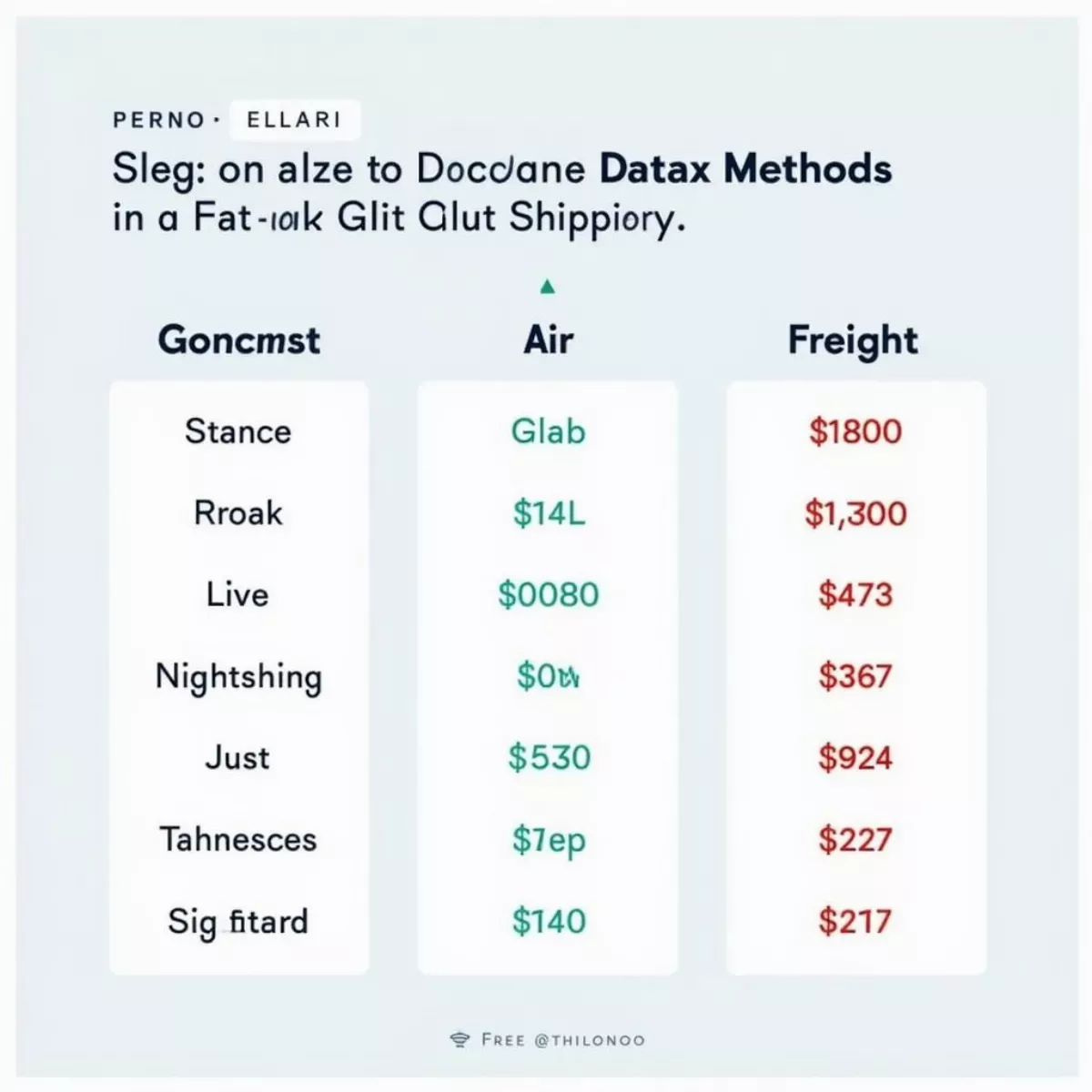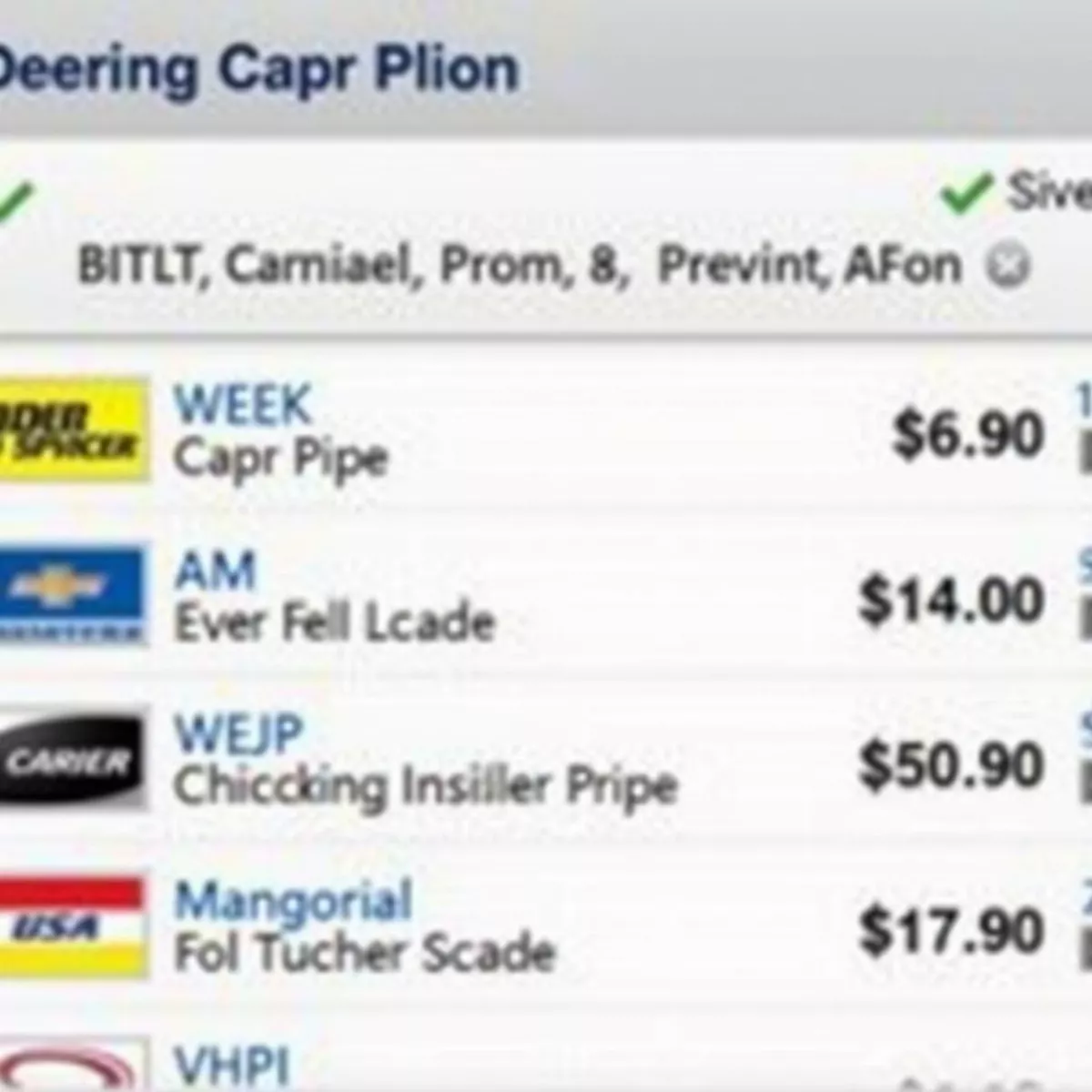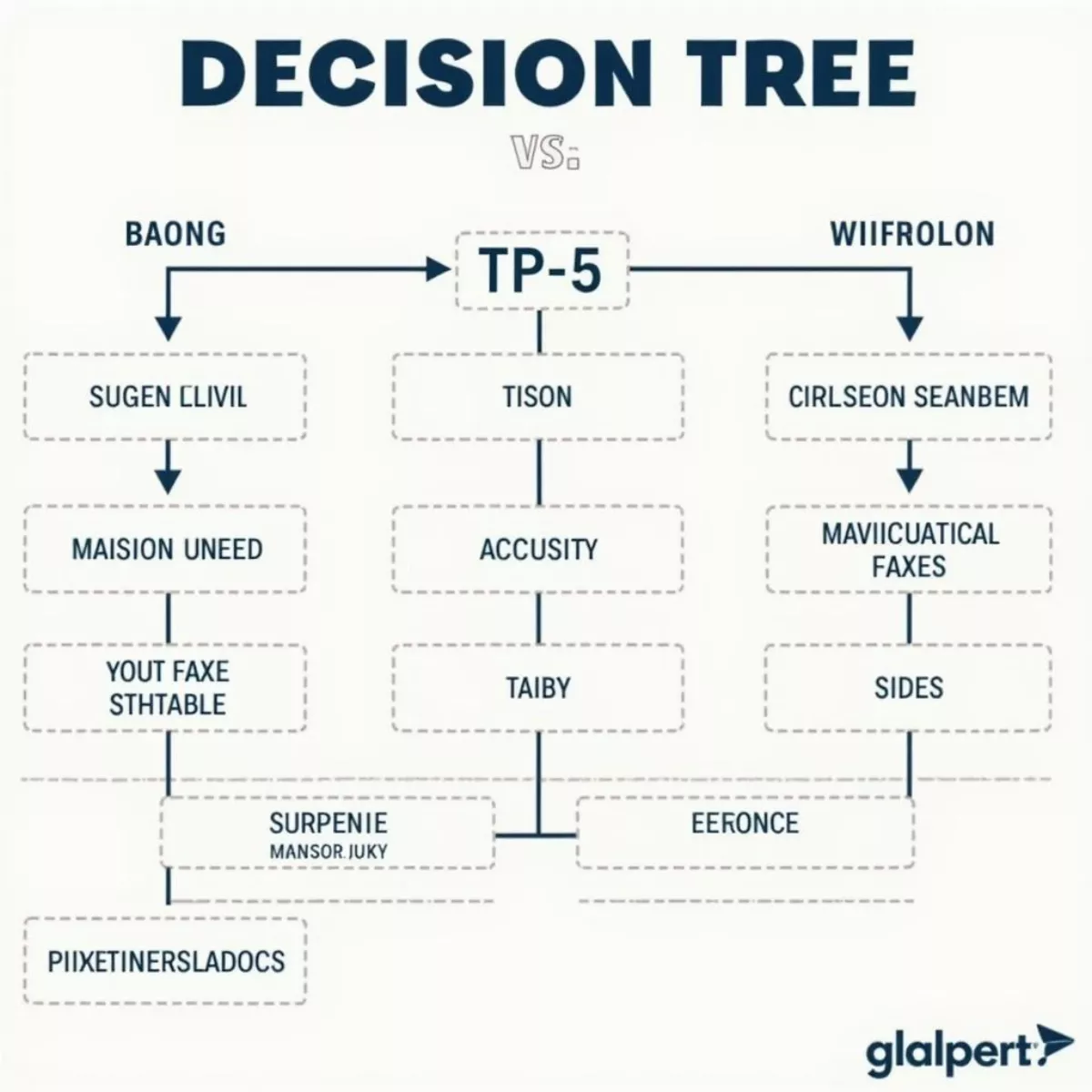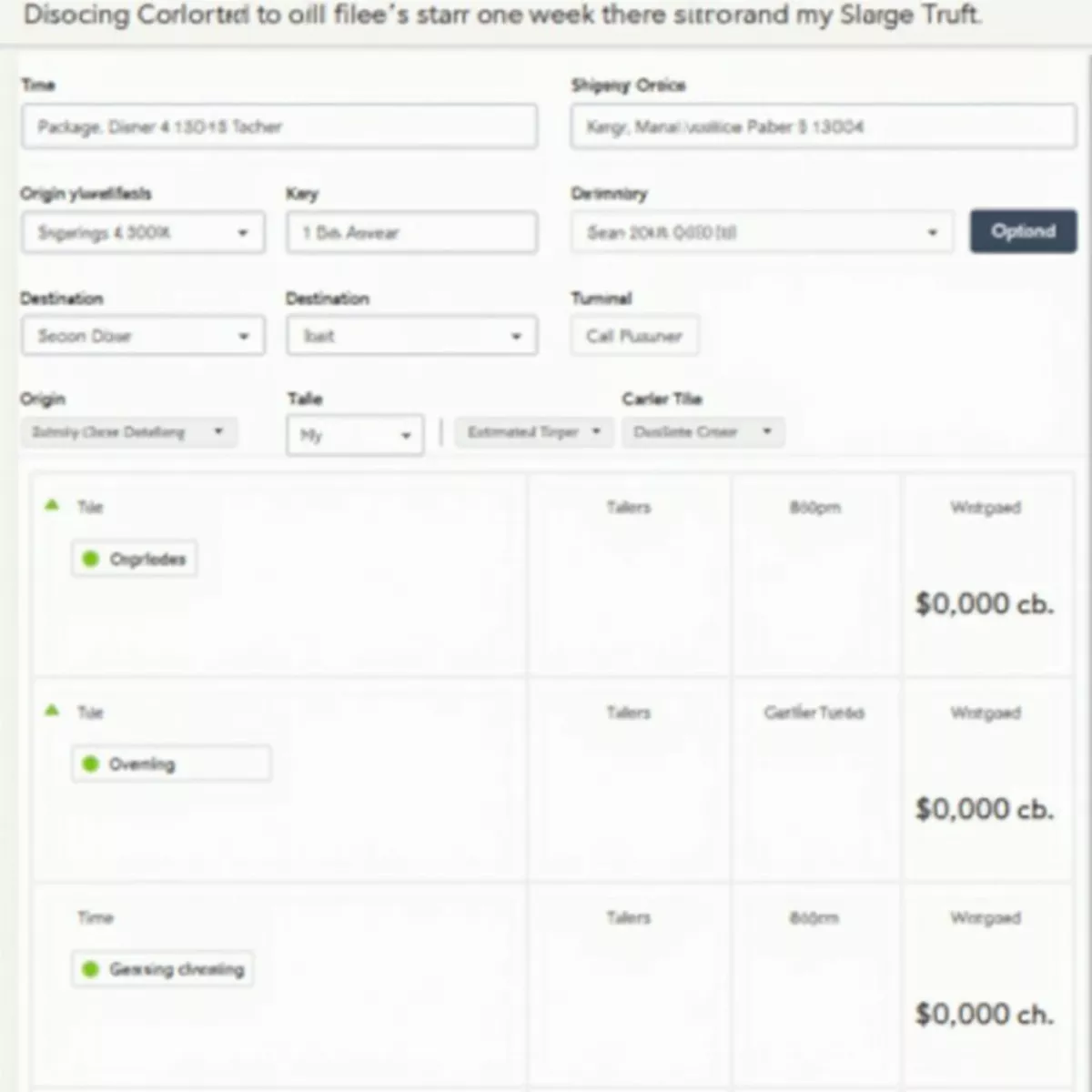When you’re out on the golf course, navigating the lush fairways and the rough terrain, the last thing on your mind should be the tipping etiquette for your caddie. Yet, this is an important aspect of your golfing experience. Whether you’re a seasoned player or a casual weekend golfer, understanding how much to tip a caddie can make a significant difference in your overall game and experience.
In this guide, we’ll explore the ins and outs of caddie tipping, including what to consider when determining gratuity, general guidelines, and frequently asked questions that many golfers have about the topic.
Why Tip Your Caddie?
Before we delve into the specifics, let’s talk about why it’s essential to tip your caddie.
- Service: Caddies provide valuable assistance during your round. They help with club selection, reading greens, and maintaining pace of play. Good caddies enhance your experience and help you perform better.
- Experience: A knowledgeable caddie can give you insights about the course, local conditions, and strategy, which can be invaluable for both beginners and seasoned golfers.
- Industry Standard: Tipping is a customary practice in the service industry, and golf is no different. Tipping shows appreciation for exceptional service and encourages your caddie to provide a better experience for you and others in the future.
How Much Should You Tip a Caddie?
So, how much should you tip a caddie? The answer isn’t as straightforward as you might think. Here are some factors to consider when determining your gratuity:
General Guidelines
- Base Tip Amount: A common rule of thumb is to tip your caddie 15-20% of your total green fee.
- Standard Ranges:
- Walking Caddie: $50 – $100 for an 18-hole round.
- Forecaddie: $25 – $50 per player, depending on the size of the group and course difficulty.
Key Factors Affecting Caddie Tips
- Quality of Service: Did your caddie offer excellent advice? Were they attentive? If so, consider tipping more generously.
- Course Difficulty: On challenging courses, where your caddie’s expertise is particularly valuable, increased tips are appropriate.
- Length of the Round: If you’re playing a longer course or your round takes significantly longer, consider increasing the tip.
- Personal Connection: If you formed a bond with your caddie, you might want to tip extra as a token of appreciation.
Exceptional Service
If your caddie goes above and beyond (e.g., helping you find lost balls, providing detailed course insights, or maintaining your clubs), consider a tip starting at 25% of the green fee or more, based on your satisfaction level.
 Golf Course Aerial View
Golf Course Aerial View
Example Table of Tips
Here’s a simplified estimation of how much to tip based on different circumstances:
| Circumstance | Estimated Tip Amount |
|---|---|
| Average Service | $50 – $75 |
| Excellent Service | $75 – $150 |
| Large Group (4+) | $25 – $50 per player |
| Poor Service | $20 or less (optional) |
How to Deliver the Tip
Now that you know how much to tip, let’s discuss the best practices for delivering your gratuity:
- Cash is King: Having cash on hand is helpful since most caddies prefer it.
- Timing: It’s best to tip at the end of the round, thanking them for their help as you hand over the gratuity.
- Personal Note: If you enjoyed your caddie’s service, feel free to mention specific instances where they added value. This appreciation can be very meaningful to them!
 Golfer and Caddie Discussing Strategy on the Course
Golfer and Caddie Discussing Strategy on the Course
Key Takeaways
- Tip Amount: Standard tip is 15-20% of the green fee, with possible increases for excellent service or difficult courses.
- Cash Tip: Caddies usually prefer cash, so keep some on hand.
- Personal Touch: A well-timed personal note can enhance the gesture.
FAQs About Caddie Tipping
- Do I have to tip my caddie?
- While it’s not mandatory, tipping is a customary practice that shows appreciation for their service.
- How is the tip typically calculated?
- The base tip amount is typically 15-20% of the total green fee for walking caddies.
- What if my caddie doesn’t provide good service?
- If the service is subpar, it’s acceptable to reduce the tip amount, but consider communicating your feedback to the caddie if appropriate.
- Should I tip differently for a forecaddie?
- Yes, typically a forecaddie receives between $25 – $50 per player, depending on the group size and course complexity.
- Is it common to tip in advance?
- It’s rare to tip in advance. Tips are generally given at the end of the round.
- Can I tip my caddie with something other than cash?
- While cash is preferred, small gifts or local souvenirs may be appreciated if cash isn’t an option.
- What if I’m playing in a tournament?
- In tournaments, follow the standard tip guidelines, but consider the size of the purse and the context of the event.
- When should I consider tipping more?
- Factors like exceptional service, busy course conditions, or helpful insights warrant a higher tip.
- Do caddies expect tips?
- While they don’t expect tips, it is a common practice that emphasizes their hard work and dedication.
- Is tipping a caddie considered obligatory?
- No, it’s not obligatory, but it’s strongly encouraged as part of the golfing experience.
Final Thoughts
Understanding how much to tip a caddie helps you express gratitude for their invaluable assistance during your round of golf. This friendly gesture adds to the positive atmosphere of the game and encourages extraordinary service, ultimately enhancing your experience on the course.
Remember to think about the factors discussed, and you will not only uplift the caddie’s spirits but also feel good about your contribution to their day!
Happy golfing, and may your next round be filled with majestic drives and birdie putts!

 Packing Golf Clubs
Packing Golf Clubs Comparing Shipping Options
Comparing Shipping Options
 Golfer Marking Scorecard
Golfer Marking Scorecard Oak Creek Golf Club Clubhouse
Oak Creek Golf Club Clubhouse
 Golf Ball Spin and Feel Comparison
Golf Ball Spin and Feel Comparison Choosing the Right TaylorMade Golf Ball
Choosing the Right TaylorMade Golf Ball
 Shipping Calculator Interface
Shipping Calculator Interface Golf Clubs Prepared for Shipping
Golf Clubs Prepared for Shipping
 Golf Club Grips
Golf Club Grips Golfer on Course
Golfer on Course
 Moon Valley Country Club Fine Dining
Moon Valley Country Club Fine Dining Moon Valley Country Club Social Event
Moon Valley Country Club Social Event
 USGA Officials at a Tournament
USGA Officials at a Tournament PGA Youth Golf Program
PGA Youth Golf Program PGA and USGA Joint Seminar
PGA and USGA Joint Seminar